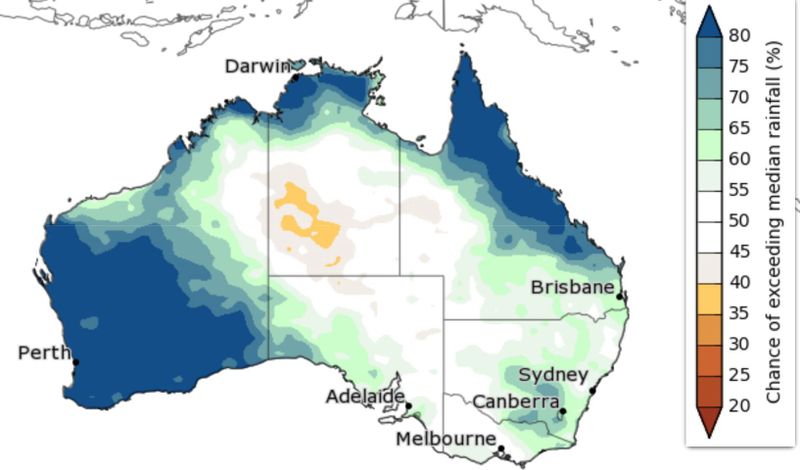A series of air systems colliding in southeast Queensland resulted in heavy rain and lightning strikes. The region will continue to experience similar weather as a wet system moves across the country.
Storms developed west of the city before moving east, causing more than 50mm of rain to fall in some areas.
Fortunately, Pam Gill was not home when the lightning strikes hit her property. She said she initially thought her house would be destroyed. Fortunately, the damage was minor.
From September to today, southeast Queensland experienced a total of 2.1 million lightning strikes, which is more than double the number recorded during the same period last year.

According to Kimba Wong from the Bureau of Meteorology, the storms that hit the region last night were very active.
About 36,000 homes lost power last night. Most of them were restored by this afternoon. This is the fourth year in a row that southeast Queensland has experienced active storm conditions.
Wong noted that people should remain vigilant due to the upcoming weather. The region will most likely experience a wet November and December with the arrival of the Southern Annular Mode.
It will be windy and cold with low pressure systems and rain moving toward southeast Queensland. Heavy rainfall and thunderstorms are expected to hit the region over the next couple of days.
According to Christie Johnson from the Bureau of Meteorology, a trough situated over the north-west of the state could lead to dangerous weather.
She noted that there is a slight chance that large hailstones of over 5cm may occur in some parts of the South Burnett and Sunshine Coast Hinterland.
Thunderstorms will then hit Western Australia, and severe storms are expected to occur in inland areas such as the Goldfields, Pilbara, and Gascoyne regions over the next couple days.
According to Johnson, the most likely type of weather phenomenon that will occur during the storms over WA today is powerful winds with gusts of up to 90 kilometers per hour.
She urged people to monitor the activity of the storm system and issue warnings if they see signs of severe weather. The storms will then hit the Northern Territory, Queensland, and New South Wales tomorrow.
A cold front is expected to affect Victoria and South Australia on Saturday, and there is a chance of severe storms.
The wild weather that hit southeast Queensland on Friday resulted in torrential rain and powerful winds. Some of the areas affected by the storms included Logan, Brisbane City, and Ipswich.

